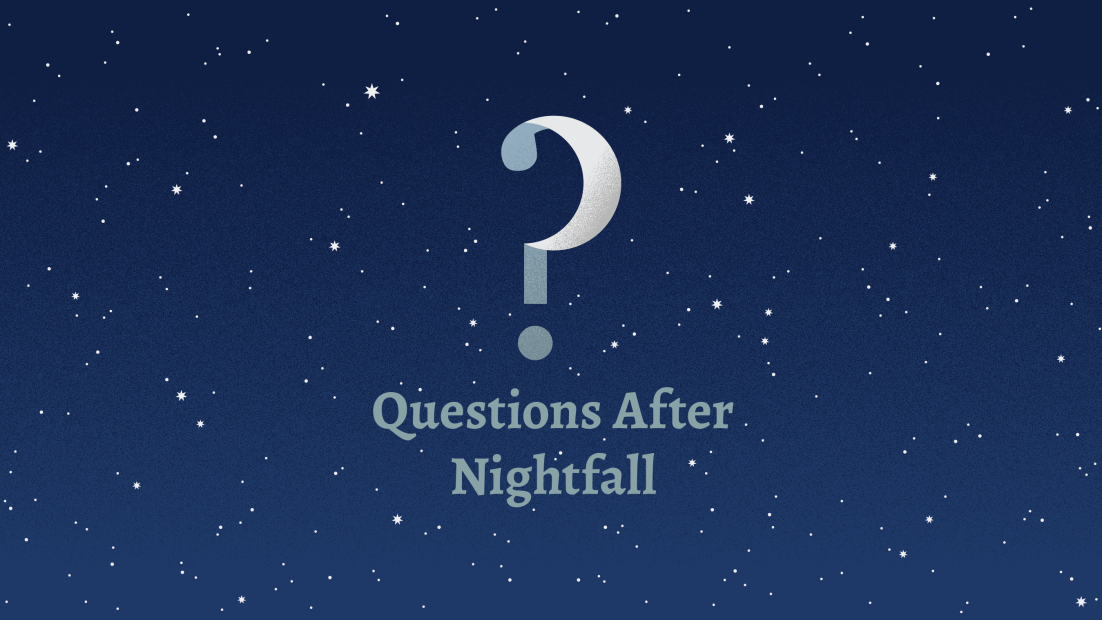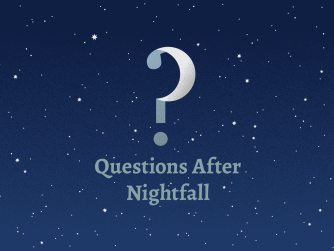It’s time for the latest Prancing Pony Podcast Q&A episode! This time around, Alan and Shawn attempt to answer live questions from guest patrons on life lessons in Tolkien’s works, symbolism in the story of Beren and Lúthien, The Lord of the Rings Online, and more! We revisit a recent Barliman’s Bag question about Middle-earth heroes breaking into song, and boldly try to work out whether the most memorable line in Bilbo’s birthday speech is a compliment. Plus, a recent comment about Thorin Oakenshield incites one listener to school us on ancient history.
For Joe Hoffman’s response to our dismissal of Thorin’s “no friendship of mine” comment, please see “The Friendship of Kings” at his blog Idiosophy, here: http://www.idiosophy.com/2018/06/the-friendship-of-kings/
Recommended Reading:
Tolkien, J. R. R. (Christopher Tolkien, ed.) The Silmarillion (Mariner Books, paperback)
Tolkien, J. R. R. The Hobbit (Mariner Books, paperback)
Tolkien, J. R. R. (Christopher Tolkien, ed.) Beren and Lúthien (Houghton Mifflin Harcourt, hardcover)
Shippey, Tom. J.R.R. Tolkien: Author of the Century (Mariner Books, paperback)
Carpenter, Humphrey, ed. The Letters of J.R.R. Tolkien (Mariner Books, paperback)




I have a few comments about the Beren & Lúthien relationship, having written my thesis on the development of the character of Lúthien Tinúviel from 1917 to 1931. Something casual readers overlook is that the story of Edith dancing for Ronald in the woods was first of all the inspiration for the Tale of Tinúviel — in which Beren was an Elf, although of the outcast Gnome tribe. And the story is much more like their life to that point — an almost fairy-tale like story of young love coming to maturity through shared adversity. Beren in the Tale is very much a refuge from war, and the attitude of Thingol towards Gnomes might be said to mirror the attitude of Protestant England to Catholics.
It is in the process of writing the Lay of Leithian that Tolkien decided that Lúthien (as she was now named) would give up her immortality. Beren had already been changed to one of the Edain, but Thingol was just as contemptuous of Men as he had originally been of Gnomes [it is the nobility of Beren that changes his mind and makes him welcome young Turin]. You can see Tolkien working this out in the various versions of the Quenta written in the late 20s and early 30s.
By this time, Edith and Ronald had been married for many years and had had 3 of their 4 children. She had moved all over England during the war, in order to be close to wherever he was stationed. She never felt comfortable in Oxford, and while she enjoyed the society of the University of Leeds, apparently the air quality was not good, and the family was often ill. And while the she apparently developed a very nice relationship with Father Francis, she was also never really comfortable in the Catholic Church, which was at that time mostly either lower class Irish, or members of the intelligensia (like Hilaire Belloc).
So the return to Oxford in 1925 (the year in which he began the Lay of Leithian) was a mixed blessing for her. I cannot help but think that Tolkien was very aware that she had sacrificed much in order to build a secure family life for him, something which he had lost with the death of his father, the estrangement from the Tolkiens/Suffields, and the death of his mother. There is a comment somewhere (either in Carpenter or the Letters) that the move to Bournemouth in retirement was Tolkien’s way letting Edith’s needs take precedence.
I agree that we should not read the story of Beren and Luthien as an allegory, but I do think that the changes to the story over time actually reveal a deeper understanding of the level of commitment required to create a successful marriage. Their fairy-tale meeting in the woods remained a constant, which is also a tribute to his ability to remember what had brought them together in the first place.
Of course there are many, many bones which went into the Beren & Lúthien soup. His personal life is only one influence — there was also literature he was reading and teaching, conversations with friends, events in the wider world, as well as the needs of creating a consistent Secondary World [among which is the whole thing about bringing a touch of divinity into both lines of the Children of Ilúvatar – I love that Legolas is still referring to Aragorn as being of the line of Lúthien.]
Great insight, Kate! As a virtual neophyte to Tolkien (comparatively) I’m inspired by your knowledge of the subject. Thank you so much for your reply!
That’s wonderful context, Kate… thank you for that! I think both Alan and I knew that, while not quite broadly allegorical, there were enough points of correspondence there that had a deeper significance; we just weren’t able to come up with too many of them at the time. Your overview helps create a full picture from a few glimpses we could think of in our attempt to answer Emily’s question. And I have to say that the fact that their “fairy-tale meeting in the woods” remained in every iteration of the story strikes me as a beautiful and loving tribute to their life together.